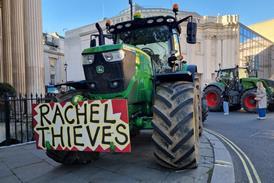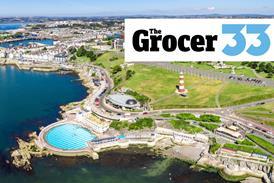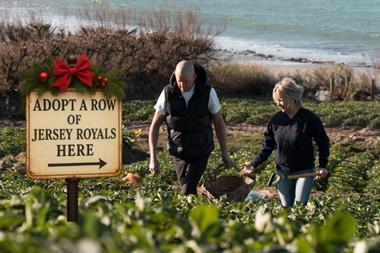An unexpected surge in food inflation in the Irish Republic has brought trade union calls for price controls, with economists recommending an urgent government rethink on retaining the Groceries Order, which bans below-cost selling.
According to the latest figures, food prices soared 1.4% in April, the fourth successive monthly rise.
The annual food inflation rate now stands at 7.7%, the highest recorded level since 1984.
Rising food and drink prices have pushed the general Irish inflation rate to 5.6%, one of the highest in the EU.
With unions tied into a national pay deal but threatening claims for compensatory wage rises, the government is casting around for ways to stem the inflationary spiral. Already, it has persuaded publicans to peg prices at current levels until the end of the year.
It is against this background, and with an Irish general election possible in the autumn, that the Groceries Order could come under threat. But Ailish Forde, director-general of RGDATA, argued that any analysis of the food price rises will show that it is the products not covered by the Order, such as fresh meat, which have gone up.
The foot and mouth crisis is mainly responsible for the meat price rise, she claimed.
With UK exports, particularly of lamb, excluded from the French market, Irish producers have been filling the gap, delivering fewer of their animals to the home market.
"The result has been a meat scarcity in the Irish market, with demand pushing up prices," she said. "It has nothing to do with the Groceries Order."
{{NEWS }}
Close menu
- Home
- Retail & Wholesale
-
Products & Suppliers
- Back to parent navigation item
- Products & Suppliers
-
Product Categories:
- Back to parent navigation item
- Product Categories:
- Alcoholic drinks
- Bakery
- Cereals & breakfast
- Cheese
- Chicken & poultry
- Chocolate
- Confectionery
- Crisps, nuts & snacks
- Dairy
- Fish
- Fresh produce
- Frozen
- Household
- Meat
- Own Label
- Sauces & condiments
- Seasonal
- Soft drinks
- Vaping
- Vegan & plant-based
- World foods
- Suppliers
- People
- Reports & Data
-
Topics A-Z
- Back to parent navigation item
- Topics A-Z
-
Popular topics:
- Back to parent navigation item
- Popular topics:
- Cost of living crisis
- Crime
- Deposit Return Schemes
- Finance
- Government & Regulation
- Health
- Inflation
- Loyalty
- Marketing
- Mergers & Acquisitions
- New Product Development
- Sourcing
- Supply chain
- Sustainability & environment
- Technology
- Ultra Processed Foods
- Vaping
- A-Z all topics
- Content by type:
- Events
- Ask iA (beta)
- Subscribe now
Sign in to comment on this article
Not logged in before? Register for FREE guest access today.
You will be able to:
- Read more stories
- Receive daily newsletters
- Comment on stories
Advert













No comments yet